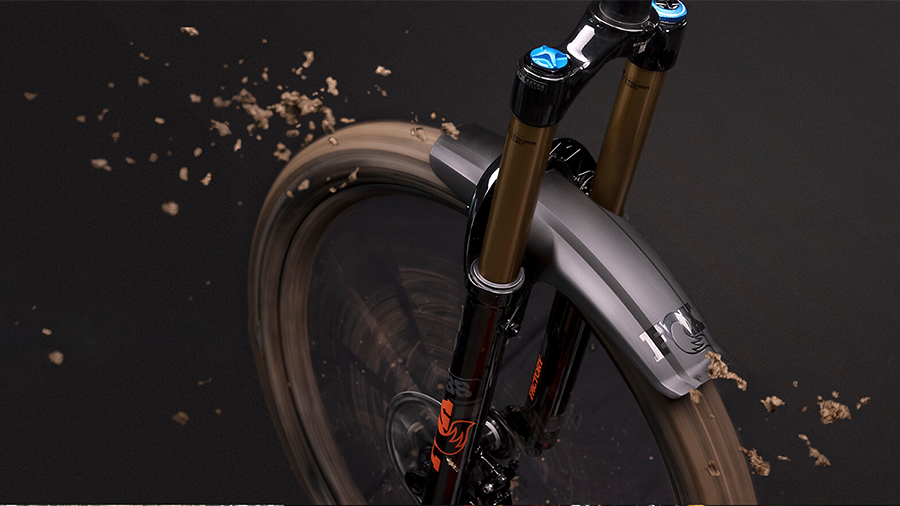Fox Factory Holding Corp. said its Specialty Sports Group (SSG), its cycling component division, soared 48.1 percent in the third quarter despite continuing supply chain constraints. Officials said with the current pace of industry demand, it expects it will take eight to 10 months to meet the current customer demand level and another 12-to-18 months to replenish the depleted inventory channels.
On a conference call with analysts, Mike Dennison, CEO, said the quarter marked SSG’s sixth consecutive record revenue quarter. The sales gains were driven by continued high demand in their OEM channels.
“It is safe to say the primary reason we have been able to deliver such staggering numbers quarter-over-quarter is due to the SSG team’s ability to not only anticipate industry demand fluctuations but also to scale and accelerate production to meet such levels of demand while managing supply chain, inflation and labor challenges,” said Dennison. “We continue to optimize our capacity and labor expansion plans in Taiwan as we keep a finger on the pulse of demand, which continues to stay strong.”
He said SSG is in a strong position as it views demand throughout 2022 for OEM and aftermarket orders. As it pertains to lead times in 2022 and 2023, SSG is working toward improving capacity, expanding supply lines and entering into long-term supply agreements.
With inventory levels remaining close to historic lows, SSG is also investing in areas of the development process to improve speed to market and go grow its service network in capacity and regional coverage.
“As an example of our team’s ability to stay ahead of the competition, we successfully launched a new Fox AWL Fork, our first purpose-built eSUV suspension product in the exciting and rapidly growing adventure mobility category,” said Dennison.
Companywide, sales increased 33.3 percent to $347.4 million. It had guided sales in the range of $300 million to $320 million. Sales in Powered Vehicles Group, its other segment, grew 22.8 percent.
Gross margin decreased 90 basis points to 33.4 percent; non-GAAP adjusted gross margin decreased 70 basis points to 33.8 percent. The decrease in gross margin was primarily driven by supply chain-related costs, including increased prices for raw materials and higher freight costs.
As a percentage of sales, operating expenses were 17.5 percent for the quarter, compared to 16.8 percent a year ago. Non-GAAP operating expenses 15.5 percent of sales against 14.0 percent a year ago. Operating expenses overall increased $16.8 million primarily due to higher employee-related costs, higher commission costs, and higher investments to right size administrative support functions.
Net income improved to $43.8 million, or $1.03 a share, from $38.0 million, or 90 cents, a year ago.
Non-GAAP adjusted net income was $50.5 million, or $1.19, up 11.2 percent from $45.4 million, or $1.07, in the same period fiscal year. Fox Factory had forecast non-GAAP adjusted EPS in the range of 95 cents to $1.15.
Adjusted EBITDA improved 21.2 percent to $72.8 million, or 21.0 percent of sales, compared to $60.1 million, or 23.1 percent, in the same period last year
For the fourth quarter, Fox Factory expects sales in the range of $315 million to $335 million and non-GAAP adjusted earnings per diluted share in the range of 90 cents to $1.10.
For the fiscal year 2021, sales are now projected in the range of $1,272 million to $1,292 million and non-GAAP EPS in the range of $4.35 to $4.55. Previously, sales were expected in the range of $1,200 million to $1,240 million and non-GAAP EPS in the range of $4.25 to $4.45.
Dennison said, “Our fifth consecutive quarter of record results continued proof of our deep consumer connections, a world-class team and strong brand momentum. The recent decline in the Cove Delta variant spread is also positive news. Across the industries we serve, demand remains very healthy. Therefore, we remain focused and confident in our long-term business outlook.”
Photo courtesy Fox Factory
















